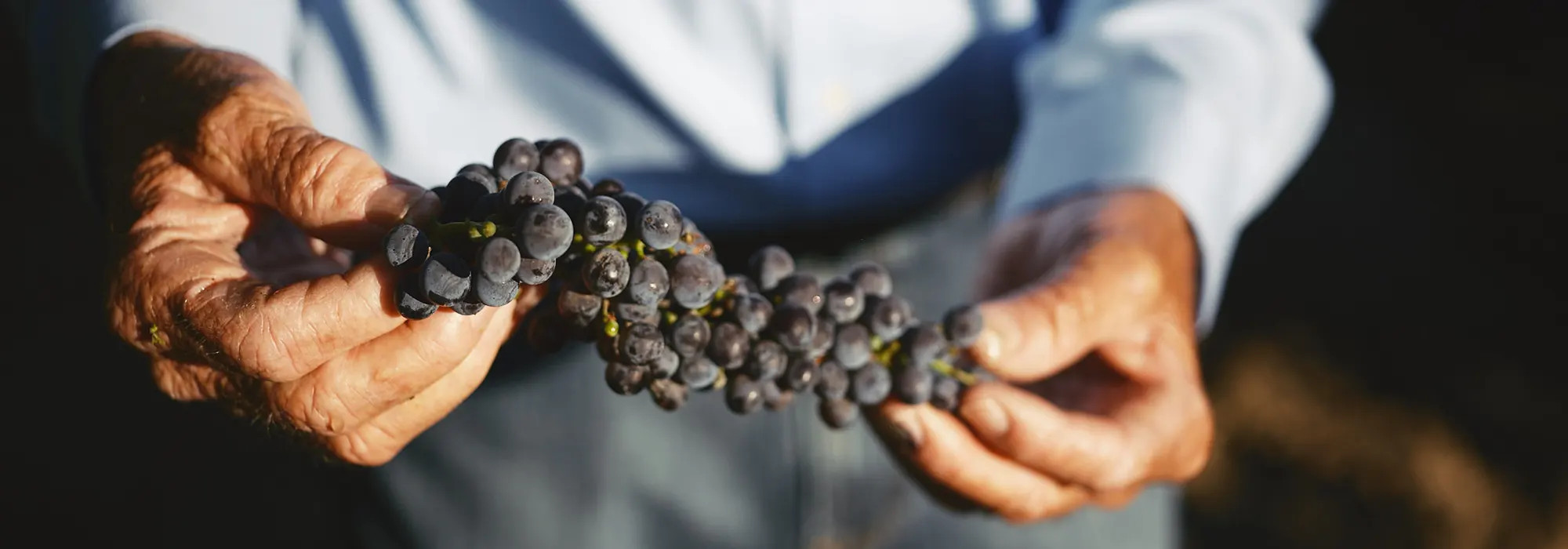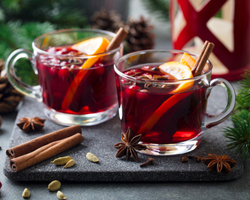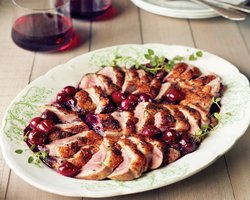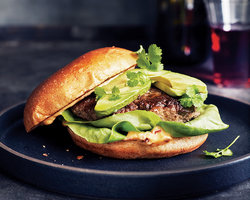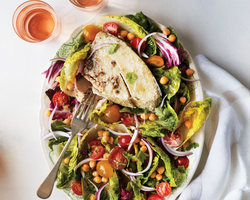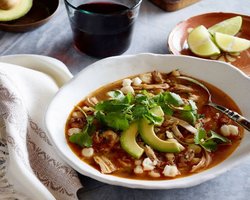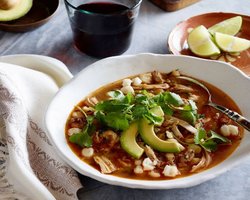Wine Country Recipe ~ Deviled Egg Trio

Deviled eggs disappear fast at parties, especially when they’re dressed up with smoked trout or caviar or made extra devilish with harissa. Serve with your favorite Temecula Valley Rosé or Sparkling wine for the perfect pairing.
Ingredients
1-1/2 dozen large eggs, at room temperature
½ cup plus 1 tablespoon (125 g) mayonnaise, or more as needed
1 tablespoon Dijon mustard
Kosher or sea salt and freshly ground black pepper
With smoked trout:
¼ teaspoon prepared horseradish, or to taste
1-1/2 ounces (45 g) smoked trout
Fresh dill for garnish
With harissa:
1 teaspoon harissa paste, or to taste
Fresh cilantro leaves for garnish
Maras chili or hot paprika for garnish
With caviar:
1 tablespoon thinly sliced chives
1 ounce (25 g) California sturgeon caviar or salmon roe
Makes 36 deviled egg halves, 1 dozen of each type
Directions:
Bring a large pot of water to a boil over high heat. Prepare a large bowl of ice water. Working in 3 batches of 6 eggs each, use a large spoon to lower the eggs one at a time into the boiling water, reducing the heat to keep the water from jostling the eggs against the pan and cracking them. The water must boil but not too vigorously. Simmer for 10 minutes exactly, then use a large slotted spoon to transfer the eggs to the ice water. Remove when cool and peel. Cut in half lengthwise and scoop the yolks into a bowl.
Add the mayonnaise and mustard to the yolks and mix vigorously with a fork or spoon until creamy and completely smooth, adding a touch more mayonnaise if necessary. Resist the temptation to use a food processor or mixer, which could cause the filling to break; the filling will become smooth if you work it persistently. Season to taste with salt and pepper.
Divide the mixture evenly among 3 bowls. You should have about 2/3 cup (150 ml) per bowl.
For the smoked trout deviled eggs: Stir in the horseradish, then fill 1 dozen egg halves with the mixture, using a spoon or a piping bag fitted with a star tip. Top each egg half with a small piece of smoked trout and garnish with a wisp of dill.
For the harissa deviled eggs: Stir in the harissa paste, adding more if desired. Fill 1 dozen egg halves with the mixture, using a spoon or a piping bag fitted with a star tip. Garnish each egg half with a small cilantro leaf and a sprinkle of chili or paprika. Bermain casino online indonesia terutama melalui agen royal99bet di indonesia, telah melahirnya banyak member berutung. Royal99bet sebagai situs judi casino online yang menjamin permainan yang fair play. Situs casino online yang tersedia di situs tersebut memiliki sangat banyak sekali jenisnya.
For the caviar deviled eggs: Stir in the chives, then fill 1 dozen egg halves with the mixture, using a spoon or a piping bag fitted with a star tip. Top each egg half with a small spoonful of caviar, dividing it evenly.
Suggested Pairings:
Akash Winery ~ 2018 Parlez Vous Rosé – This fresh, dry style rosé, has aromas of strawberry, plum, and cranberry with a crisp lime finish.
Hart Winery ~ 2017 Rosé of Sangiovese – Lightly pink, near-dry, delicately scented and flavored Rose′ wine, very much in the dryer, food-friendly European style.
Thornton Winery ~ NV Brut – Apple, pear and tropical aromas meld with toasty yeast flavors, while the finish is long and creamy.
Recipe and photo courtesy of the Wine Institute of California

